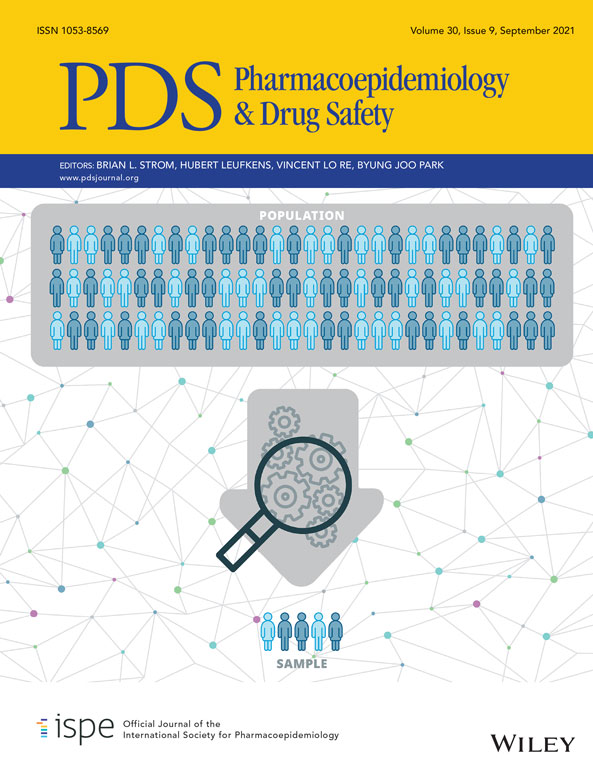Evaluation of more than one billion outpatient prescriptions and eight-year trend showing a remarkable reduction in antibiotic prescription in Turkey: A success model of governmental interventions at national level
Abstract
Purpose
To present the antibiotic prescription trend between 2011–2018 at primary healthcare in Turkey in order to evaluate the effects of interventions at national level for providing rational prescription of antibiotics.
Methods
Electronic prescription data of the family physicians collected from January 1, 2011 to December 31, 2018 in 81 provinces of Turkey were recorded through the Prescription Information System and screened for the antimicrobial drugs. The interventions to promote rational antibiotic use during 2011–2018 in Turkey includes reminding the legislation to stop access of antibiotics without prescription, monitoring of antibiotic prescription behaviors of primary healthcare physicians, and education of healthcare workers and the public on the appropriate use of antibiotics.
Results
A total of 1 054 261 396 prescriptions for outpatients of all age groups were recorded during this period. Of the prescriptions written by family physcians, 34.94% were containing at least one antibiotic in 2011, which declined to 24.55% in 2018. Antibiotics constituted 13.99% of all the items in prescriptions in 2011 and 10.47% in 2018. Percentage of total antibiotic expenditure to the total drug expanditure decreased from 14.14% to 4.12% during 2011–2018. The most commonly prescribed antibiotics were amoxicillin and enzyme inhibitor combination, cefdinir, and cefuroxime during 2011–2018, with an increasing trend for prescription of first-line antibiotic, amoxicillin, in recent years.
Conclusions
Governmental interventions at national level have contributed to reducing antibiotic prescription and increasing preference of first-line antibiotics at primary healthcare level in Turkey over a course of 8 years. Turkey's model of governmental interventions may set an example for other countries with high consumption of antibiotics, and contribute to the actions against antimicrobial resistance worldwide.
CONFLICT OF INTEREST
The authors declare that no conflict of interest.




